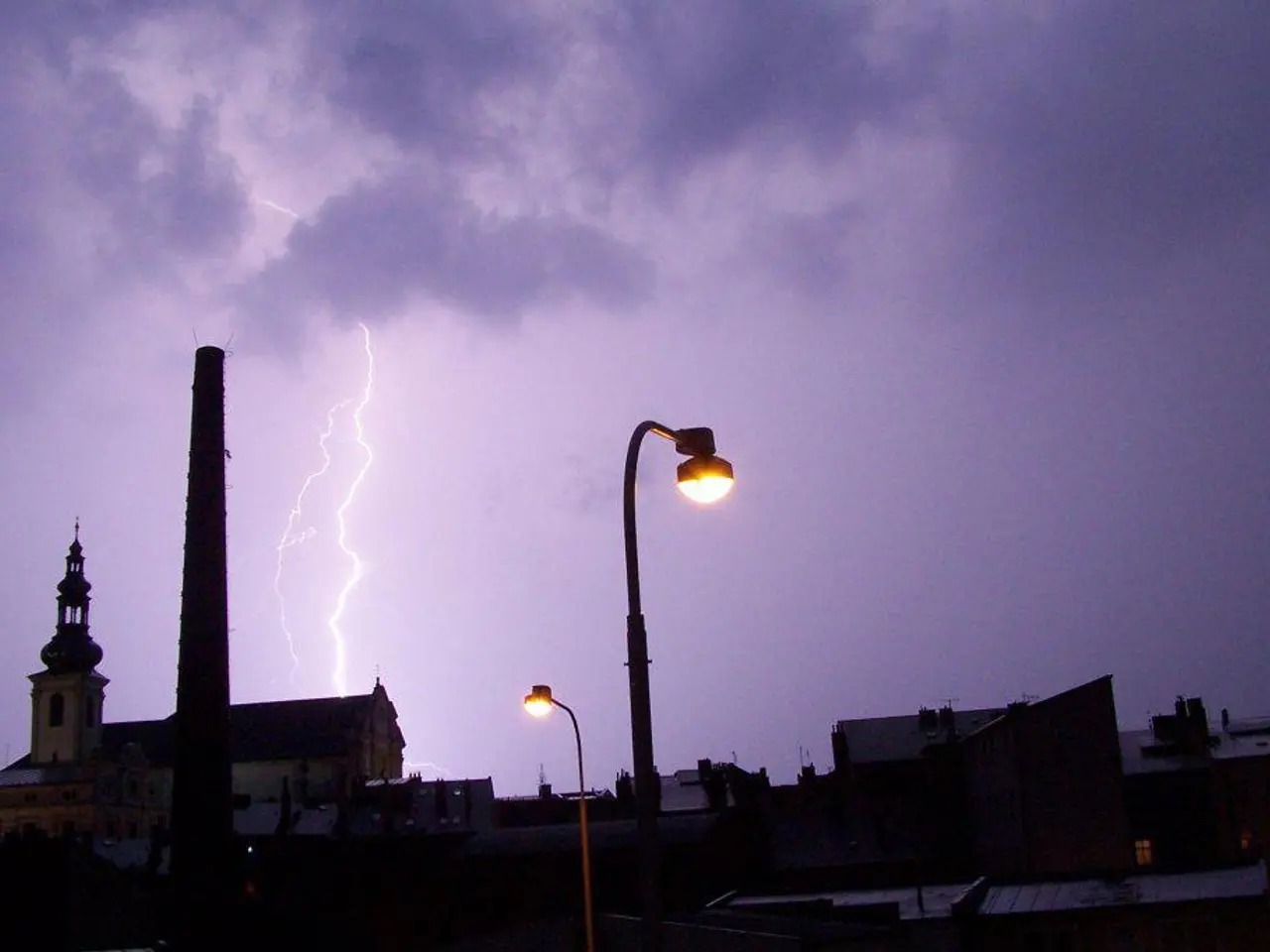A tornado, one of the earth's most destructive weather events, describes a violently rotating column of air that descends from a powerful thunderstorm.
Tornadoes: Understanding the Dangers and the Heart of 'Tornado Alley'
Tornadoes are violently rotating columns of air that extend from thunderstorms to the ground, and they pose a significant threat to many parts of the United States. One of the most tornado-prone regions in the country is known as 'Tornado Alley.'
Characteristics of Tornado Alley
Tornado Alley is a region in the central United States, extending from west Texas northeast through western and central Oklahoma, Kansas, and most of Nebraska, covering the southern and central Great Plains. The region's key characteristics include:
- Geographic scope: The flat, open plains promote the rapid movement and formation of violent supercell thunderstorms, which often spawn strong tornadoes.
- Atmospheric conditions: Tornado Alley experiences a unique convergence of warm, moist air from the Gulf of Mexico meeting cooler, drier air from the Rocky Mountains and Canada. This creates ideal instability and wind shear for intense tornado formation.
- High tornado frequency and intensity: This region sees the highest number of tornadoes annually in the U.S., including many strong to violent ones often rated EF2 and above.
- Seasonality: Tornado season peaks in spring and early summer when the contrasting air masses are most active.
- Storm behavior: Tornadoes in Tornado Alley typically move quickly across the flat landscape, differing from regions like Dixie Alley, where storms move slower and terrain is more wooded.
- Exposure and infrastructure: Many towns and rural areas are scattered across Tornado Alley, making the area vulnerable to widespread damage when large tornado outbreaks occur.
Tornado Facts
- Tornadoes are usually accompanied or preceded by severe thunderstorms, high winds, and hail.
- Water droplets from the rotating updraft form a funnel cloud, which can descend from the cloud and become a tornado.
- About one in a thousand storms becomes a supercell, and about 30 percent of supercells produce a tornado.
- Tornadoes may top 250 miles an hour and can clear a pathway a mile wide and 50 miles long.
- Most tornadoes don't travel more than six miles before dying out.
- The most violent tornadoes come from supercells, large thunderstorms that have winds already in rotation.
- The number of average deaths per year in the U.S. used to be higher before improved forecasting and warning systems were put into place.
- The average tornado moves about 30 miles an hour.
- The Fujita scale measures a tornado's intensity by analyzing the damage the twister has done. The United States now uses the EF (Enhanced Fujita) scale, which takes more variables into account when assigning wind speeds to a tornado.
Preparation and Safety
- If a tornado is imminent, immediately seek safe shelter inside a sturdy building on the lowest level.
- Stock up on emergency supplies, including first aid kits, dust masks, and extra batteries.
- Be aware that flying debris, such as roofing shingles, broken glass, doors, and metal rods, can cause harm during a tornado.
Additional Information
- Fire tornadoes, like the one that swept through Utah, have become much more frequent due to climate change. They tend to spawn from wildfires, not thunderstorms.
- Waterspouts are weak twisters that form over warm water and sometimes move inland and become tornadoes.
- Tornadoes can cause billions of dollars in damage.
- High winds sometimes kill or injure people by rolling them along the ground or dropping them from dangerous heights.
- Dust devils are small, rapidly rotating columns of air that are not associated with thunderstorms.
- The unique convergence of warm, moist air from the Gulf of Mexico with cooler, drier air from the Rocky Mountains and Canada in Tornado Alley creates ideal conditions for intense tornado formation.
- Tornado Alley, a region in the central United States, is known for its high frequency and intensity of tornadoes, with many rated EF2 and above.
- Climate change has resulted in an increase in the occurrence of fire tornadoes, which are not linked to thunderstorms like typical tornadoes.
- Water temperature plays a role in the formation of waterspouts, weak twisters that form over warm water and can sometimes move inland and become full-fledged tornadoes.
- In addition to the threat posed by tornadoes, high winds in Tornado Alley can cause injury or death by rolling people along the ground or dropping them from great heights.
- The dangers of tornadoes extend to the ocean as well, where waterspouts can be hazardous to ships and marine life.
- As the Earth's climate changes, it is essential to deepen our understanding of tornadoes and other extreme weather events through the fields of environmental science and climate-change research.
- While tornadoes may seem far removed from the world of sports, the unpredictable nature of extreme weather can also have implications for sports-betting and weather-forecasting industries.







